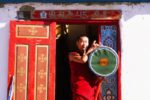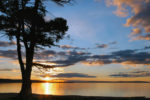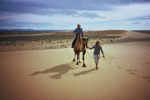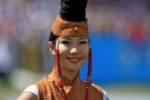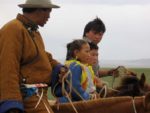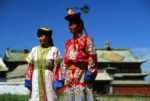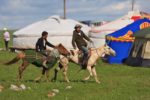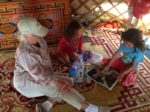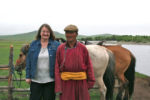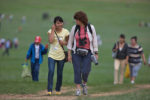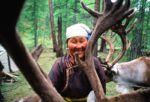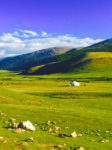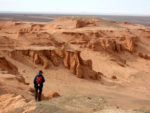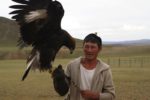Photo credit: Tia Low
Why I Love Mongolia: An Interview with New York Times Bestselling Author Jack Weatherford
Jack Weatherford is a New York Times bestselling author of several acclaimed books on Genghis Khan and Mongolian history and culture, including Genghis Khan and the Making of the Modern World, The Secret History of the Mongol Queens, and his latest – Genghis Khan and the Quest for God.
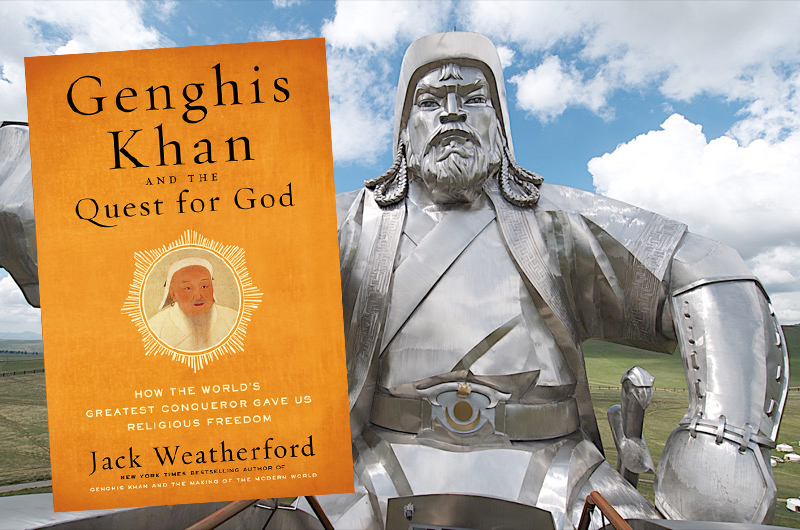
We caught up with Jack to ask him about his latest book and to discuss his fascination with the extraordinary land and people of Mongolia
What first drew you to Mongolia and to the study of Genghis Khan?
As a boy I read biographies of many great conquerors, but Genghis Khan was especially impressive. But, being a young kid, I was mostly interested in the war and adventure of his life; it took a long time to see him as anything more than just a conqueror.
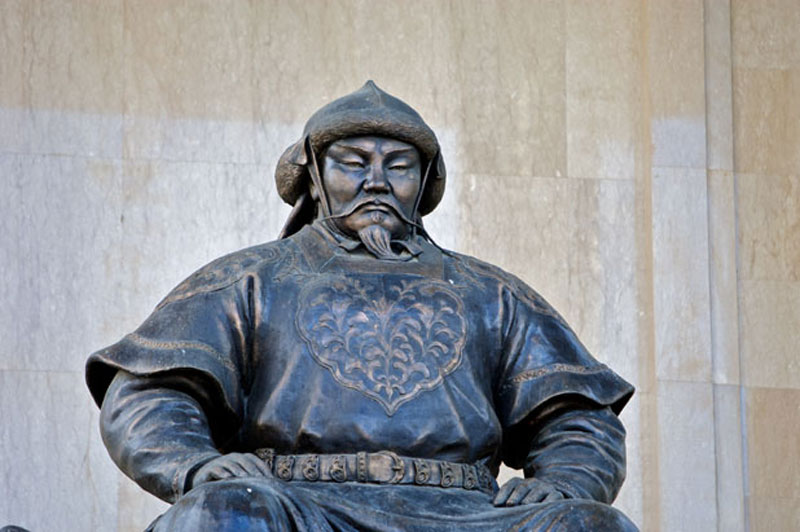
Later when Mongolia opened to the outside after the fall of the Soviet Union and communism, I had the opportunity to visit Mongolia and resurrect those childhood interests. It was like beginning a new, late-life career, but mixed with my childhood interests and fantasies.
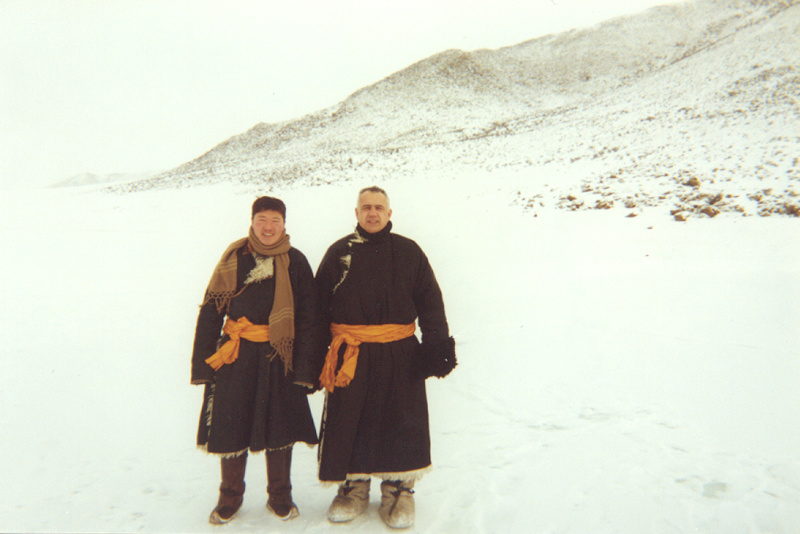
What made you want to write this book?
Going to Mongolia in 1998 made me see how much I misunderstood this great figure in history, and it made me want to explore this other aspect of his life. I did not want to write a book so much as to read one that explained his life in a fuller way. Only gradually did I realize that to read that book, I first had to write it.
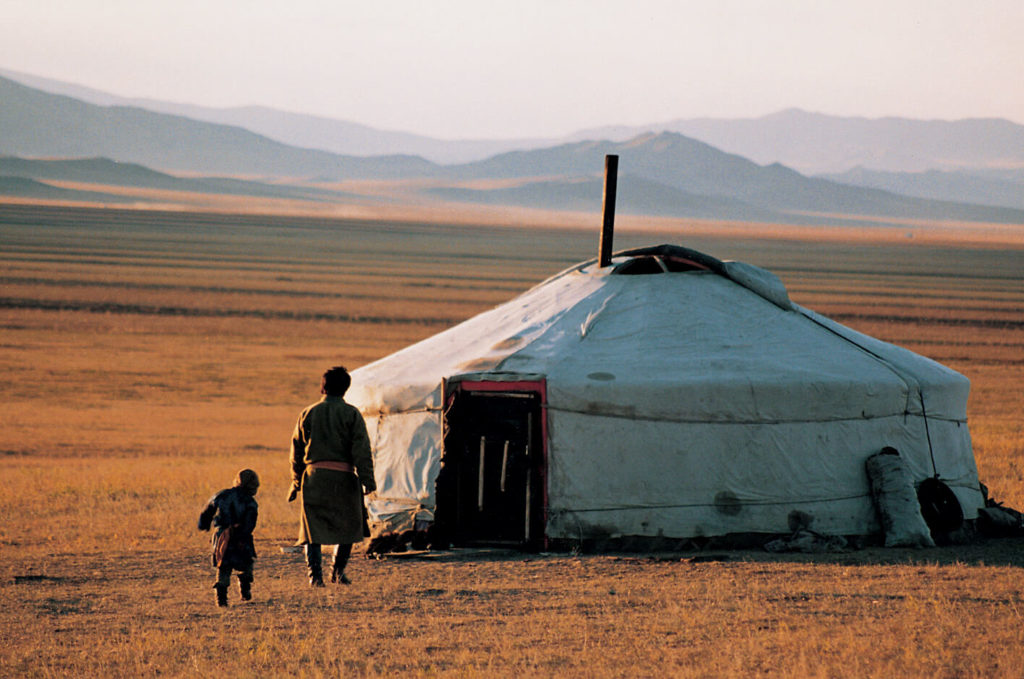
What challenges did you encounter while researching and writing your book?
The biggest challenge was deciding to write the first book on Mongolian history. I was already in my 50s. I did not speak a word of any Asian language and had never had a course in anything Asian. But when I explained my inadequacies to [American author and historian] David McCullough, he gave me great courage with one simple question: “Have any of the experts written this book?”
(click image to view larger photo)
After that, I had the determination to push ahead and learn the language and do whatever I had to do to write the history as I saw it. If I am wrong, I hope that superior scholars and experts will do a better job in their own time, but for now I struggle to understand Mongolian history and to share my great love of this country with other people who may be interested.
What surprised you most in your research?
The greatest surprise was how, once I had decided to push ahead with my research and writing, the people and resources simply appeared. Of course no academic agency, granting organization, or publisher would give money to finance a project by a totally unqualified person like me.
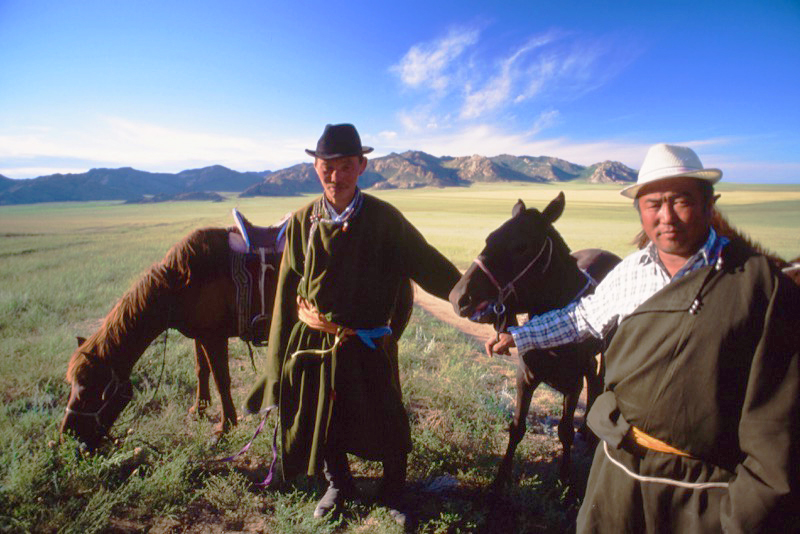
But the Mongolians came forward. Everywhere I went, people brought me food, built fires for me, fetched water, brought me horses, and shared whatever they had with me. They wanted to do everything possible to help me when they knew that I was studying their history.
(click image to view larger photo)
In this way, I saw that the Mongolian people made this project possible, not through grants or money, but through their own work and assistance. The experience was truly remarkable and humbling for me. More than once, they explained it to me very simply: “You speak English, you can speak to the world and tell them who we are.”
How has the legacy of Genghis Khan shaped Mongolia into the country it is today? Do you think he will continue to remain a relevant figure for future generations?
Genghis Khan created this nation from his own mind and imagination. He gave them a written language, made an army, created the law, gave the country a name. Without Genghis Khan, there is no Mongolia. As a person who writes history, I am always looking backward, but Genghis Khan was always looking forward toward the future of his nation and the world. The great empire that he created disappeared 150 years after his death; yet in some ways, I think that his greatest influence is yet to come.
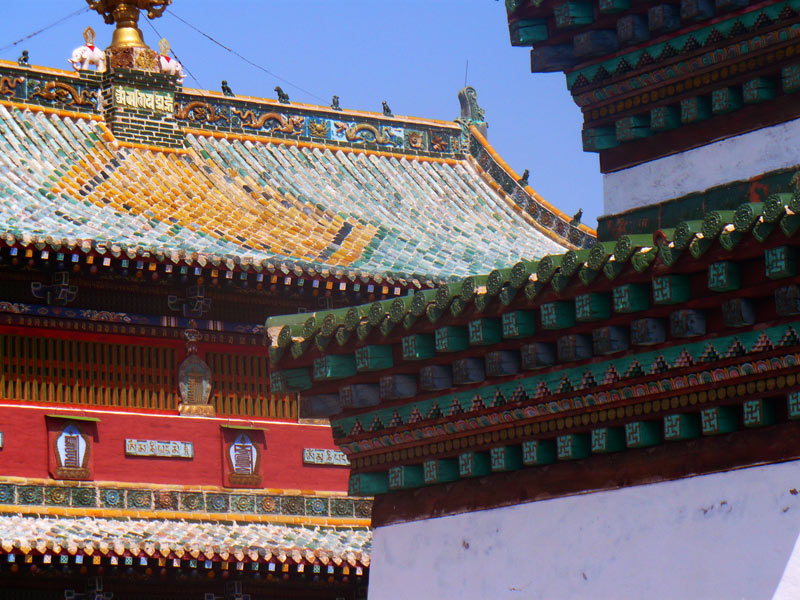
He was a man ahead of his time in both the strategies by which he fought and the laws by which he organized society. He created diplomatic immunity, granted religious freedom to all people, freed all religions from taxes, outlawed the kidnapping or sale of women, and passed laws protecting land and water that are far stricter than any we have today. To label him an environmentalist, feminist, liberal, or democrat would be silly and anachronistic. He was a conqueror, but he was also more a man of the future than the past because we still have not been able to fulfill his vision of a just world.
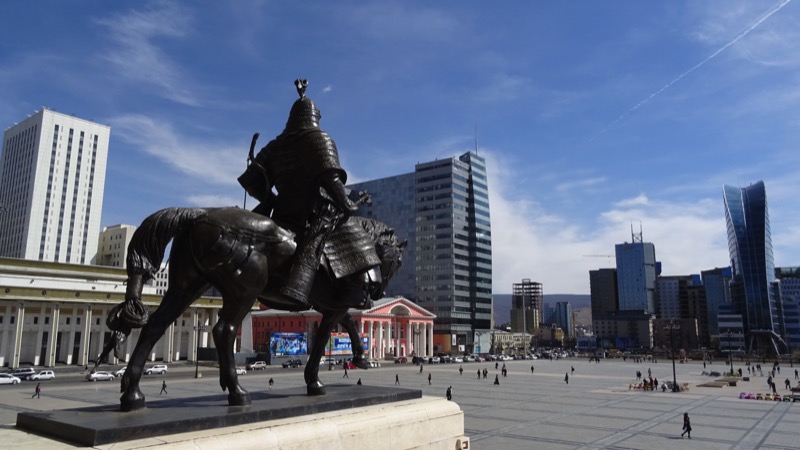
How did travel figure into your research for this book?
Travel was the basis of my research. Other biographies written by excellent scholars were very helpful, but none of them had been to Mongolia and traveled the routes of Genghis Khan. In school we learn through our eyes and ears, but in life we learn through our feet and hands. By standing in the place where he stood, tasting the water, hearing the birds, smelling the horse sweat, and breathing the air, I began to understand the experiences recorded in the ancient chronicles.
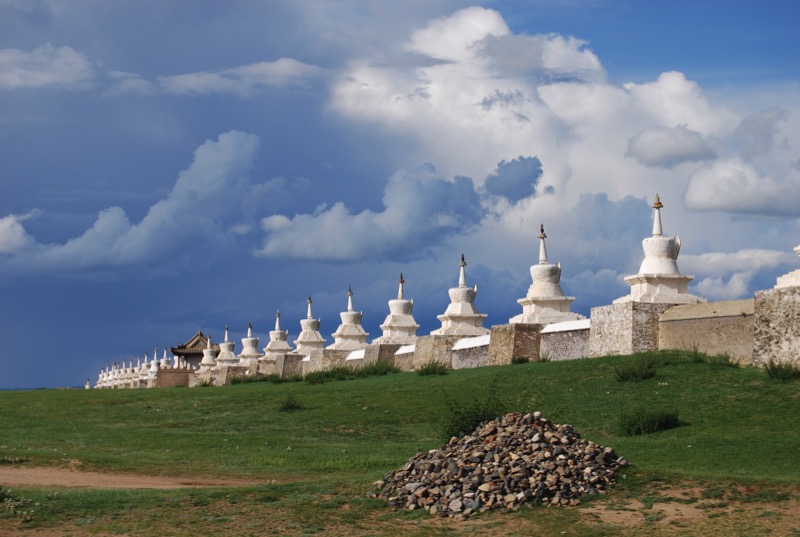
Travel changes history from a document into an experience and from an experience into a story. My books on Mongolian history are not travel books, but every sentence is based upon travel, upon being there to experience that place being described.
You’ve known Annie and Doug at MIR Corporation for many years. How has MIR Corporation made an impact on your research and travels to Mongolia and other destinations?
Doug and Annie have been with me on the entire process of research and writing. They organized my first travels into Inner Asia so that I could go into places where it was hard to get visas and permission, or find the support I needed. In Mongolia, I knew plenty of drivers, herders, scholars, and officials, but I was lost in Turkmenistan, Uzbekistan, Kyrgyzstan, Kazakhstan, and Western China. They facilitated my travel always with an eye for what I wanted and needed. They did not try to give me an experience; they made it possible for me to have my own experience.
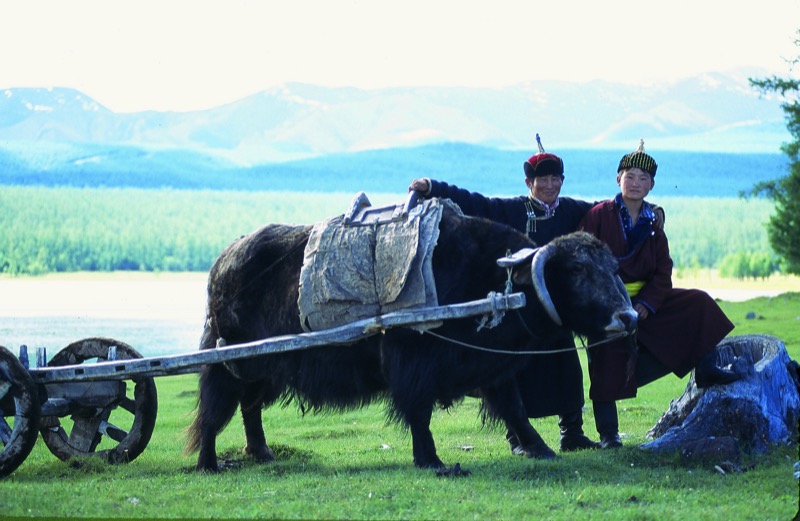
During our two decades of friendship, I have grown as a writer, but I have seen Doug, Annie, and MIR also grow in a very important way. Just as I wanted to open Mongolian history to people through my writing, they helped to open Mongolia to the outside world, and they have helped to create a unique type of tourism. By partnering with only the highest quality people and organizations, MIR has helped to create a form of sustainable, just, and ethical tourism for a small number of people who share those goals.
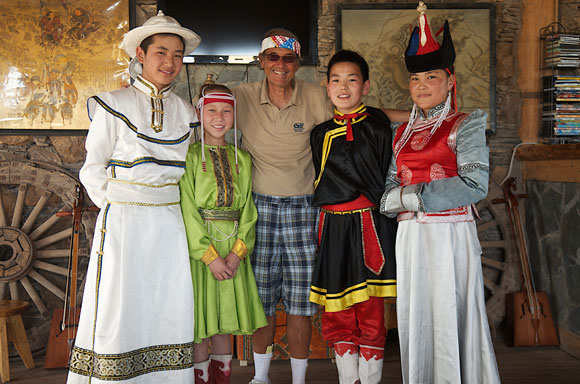
As much as I want the whole world to recognize the importance of Mongolia in history, I do not want to see this country that I love so much overtaken by mass tours or people who tromp the steppe and trash the already fragile city. Tourism is very important to the economy and also to helping support cultural institutions in Mongolia, and in this way Doug and Annie have made a valuable contribution to Mongolia through developing the right kind or tourism for the right people.
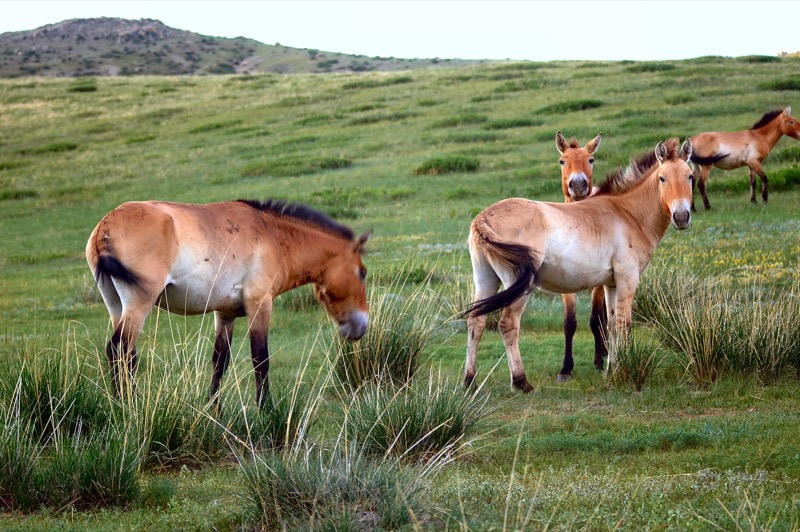
I write books across time; Annie and Doug connect people across cultures. But we are both working for the same goal of crossing artificial social barriers and striving for a better world through mir, through peace.
How has Mongolia changed since your first visit to the country, and what do you predict will happen in the region in the coming decades?
Ulaanbaatar has changed greatly and some parts of the countryside where there is now mining has changed, but I prefer to see the continuity. Aside from those areas and a few paved roads now, Mongolia has probably changed less in the last 800 years than any other country. If Genghis Khan returned to today he would be lost in Ulaanbaatar, but only a short distance from the city he would be totally at home in the ger, speaking the language, eating the same food.
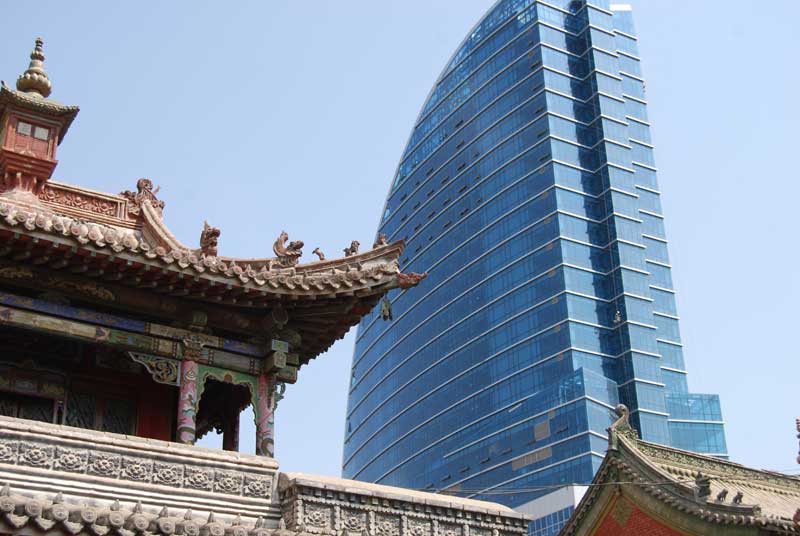
You’ve visited Mongolia many times and have lived there for several years. How difficult was it for you to get an understanding of Mongolian language and culture? What advice can you offer first-time travelers who want to connect with the local people?
The Mongolian language is quite difficult for Westerners. It took me years to have basic conversations. But the Mongols have dealt with foreigners for centuries. They know how to communicate beyond language. While reserved, they are not timid. They are eager to interact, and today English is more widely spoken and much better spoken than in most Asian countries.
(click image to view larger photo)
The advice I try to give myself is to put aside my expectations. If everything is exactly the way the guidebook says it should be, if everything looks just like the programs on the travel channel, if everything on the to-see list pops up on schedule, then the trip is a waste. I saw and learned nothing. I simply replicated someone else’s experience. If I am not taken out of my comfort zone, I am not traveling.
What have been some of your most enjoyable memories of your travels to Mongolia?
My love of Mongolia is rooted in two things: the landscape and the people. The landscape is spectacular in ways that cannot be put into words or photographs. The scale of Mongolia is overwhelming to the senses. It is not the view of a landscape; it is the experience of the landscape. No matter how well-organized a trip may be, the experience is unique. Some people feel overwhelmed by it, and others embrace it totally.
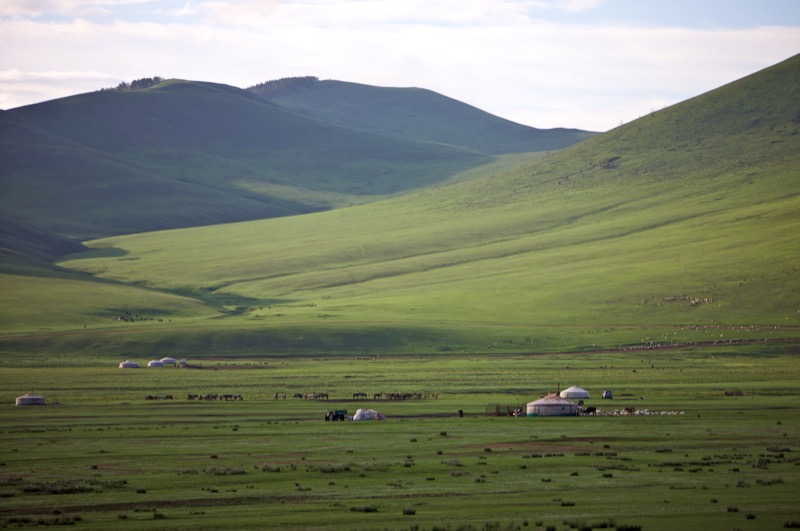
I am now a legal resident of Mongolia and have spent much of my life there over the past two decades, but every year I try to spend two months or so just traveling around the country. I revisit old places, find new ones. I keep thinking that soon I will have seen the whole country, and yet every year my desire to visit more places or my wish to return to an old place in a different season grows. I can never quite get enough of Mongolia, and I always think that my best experience is yet to come.
What sites would you say are not to be missed for a first-time traveler to Mongolia?
Visiting Mongolia is not like visiting France or China where there is a list of places, museums, monuments, and sites. Almost everything in Mongolia is different. As soon as I left the city [Ulaanbaatar], I was transported into another world, a world that took my breath away.
(click image to view larger photo)
Just come, breathe the air, let yourself go, and you will find something that you have never found before, and it will be different from anything that I or any other person has found.
What’s next for you? Any places you would most like to travel to that you haven’t had a chance to visit?
I have talked with Annie about Georgia, Armenia, and Azerbaijan. I hope that they will come in their own time.
My wife traveled with me throughout our marriage, and although she endured the challenges of multiple sclerosis for more than 30 years, she said that she was not going to sit home and wait to die. Death would have to work a little to find her. She did everything I did, but she did it in a wheelchair. I want to follow her example, and always be looking to the next trip, the next meal, the next friend, the next experience, the next idea. I write about the past, but I want to live in the present and look toward the future.
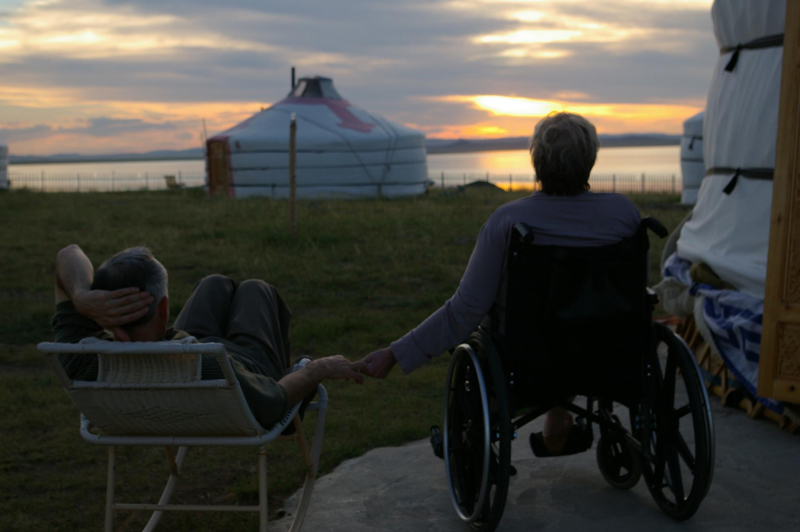
Travel to Mongolia with MIR
MIR has more than 30 years of experience handcrafting tours to Mongolia. Our full service, dedication, commitment to quality, and destination expertise have twice earned us a place on National Geographic Adventure’s list of “Best Adventure Travel Companies on Earth.”
You can view many of Mongolia’s majestic sites on MIR’s small group tours and rail journeys by private train:
- Siberia & Mongolia: Spirits & Nomads, small group tour
- Mongolian Explorer: The Gobi & Beyond with Naadam Festival, small group tour
- Mongolia to Moscow: A Trans-Siberian Railway Adventure, small group tour
- Mongolia’s Golden Eagle Festival, small group tour
- The Trans-Siberian Classic Route: Eastbound / Westbound, private rail journey aboard the Golden Eagle train
- The Trans-Siberian Mongolian Route with Naadam Festival: Eastbound / Westbound, private rail journey aboard the Golden Eagle train
- Trans-Siberian Winter Wonder Land Route: Eastbound, private rail journey aboard the Golden Eagle train
- The Trans-Siberian Express Between Moscow & Beijing: Eastbound / Westbound, private rail journey aboard the Tsar’s Gold train
- The Trans-Siberian Ulaanbaatar Express Route, private rail journey aboard the Golden Eagle train
You can also opt to travel privately on your dates on our Essential Mongolia program, or on a customized private journey to Mongolia.
Original publish date: March 7, 2017
